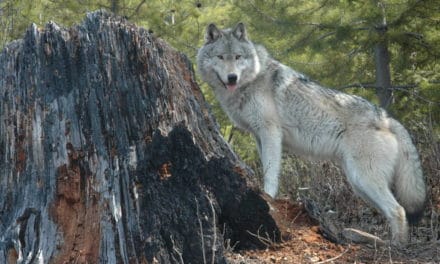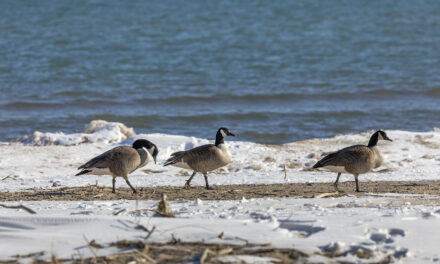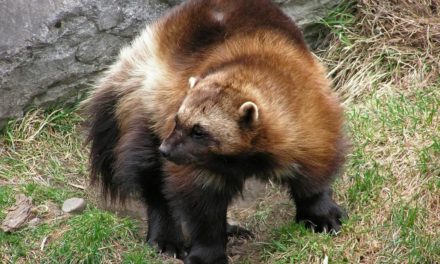[media-credit name=”Photo by BigstockPhoto.com” align=”alignleft” width=”300″] [/media-credit]
[/media-credit]
By Melissa Wynn
A visit to the Sierra is sure to find you near a sparkling lake, bubbling brook or peaceful forest pond. Where there is crystal clean water there is sure to be the playful North American River Otter. North American River Otters are semi-aquatic mammals, with long, streamlined bodies, thick tapered tails, and short legs. They have wide, rounded heads, small ears, and nostrils that can be closed underwater. The fur is dark brown to almost black above and a lighter color below on the belly. Their throat and chubby little cheeks are usually a golden brown. River Otter fur is dense and soft, effectively insulating these slinky swimmers in our cool mountain waters. The feet have claws and are completely webbed. These wiggling weasels build dens in the burrows of other mammals, in natural hollows, such as under a log, or in river banks. Dens have underwater entrances and a tunnel leading to a nest chamber that is lined with leaves, grass, moss, bark, and hair. North American River Otters prefer the solitary life except during the late winter to early spring mating season. Births occur from November to May, with a peak in March and April. Females give birth to 1 – 6 young called kits, with an average of 2 to 3. They are born with fur, but are otherwise helpless. They open their eyes at one month of age and are weaned at about 3 months old. These comical critters are known as playful animals, exhibiting behaviors such as mud/snow sliding, burrowing through the snow, and waterplay. Many “play” activities actually serve a purpose. Some are used to strengthen social bonds, to practice hunting techniques, and to scent mark. North American River Otters get their boundless energy from their very high metabolism, which also requires them to eat a great deal during the day. Fishing is their specialty, so the easy pickings of a stocked fishing pond nearby often find them to be quite a naughty neighbor. These otters normally hunt at night, but can be seen at all times of day. River Otters enjoy an extensive diet including amphibians, fish, turtles, crayfish, crabs, and other invertebrates. Birds, their eggs, and small terrestrial mammals are also eaten on occasion. North American River Otters perceive their environment through vision, touch, smell, and hearing. Their large and abundant whiskers are very sensitive and are important in tactile sensation. These whiskers are used extensively in hunting, as smell, vision, and hearing are diminished in the water. Few creatures are as entertaining to watch as our forest friend the frisky, funny faced North American River Otter.
facts courtesy of animaldiversity.ummz.umich.edu
photo by: BigStockPhoto.com












